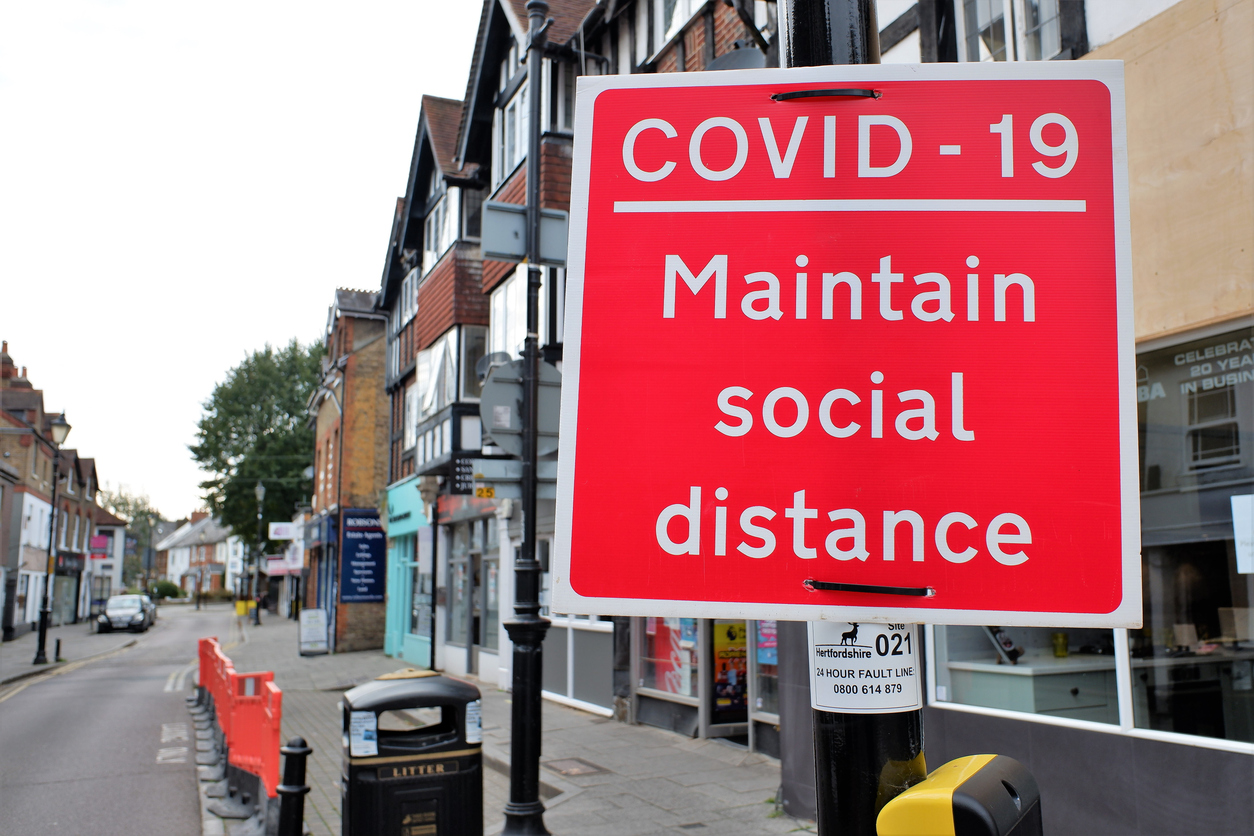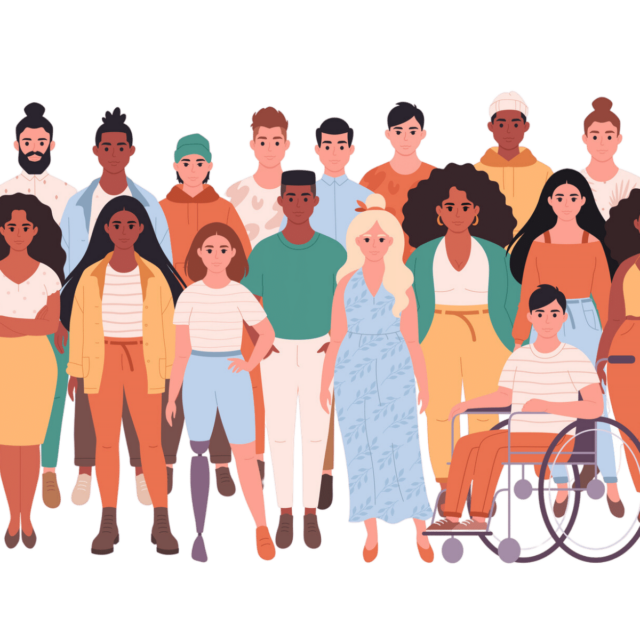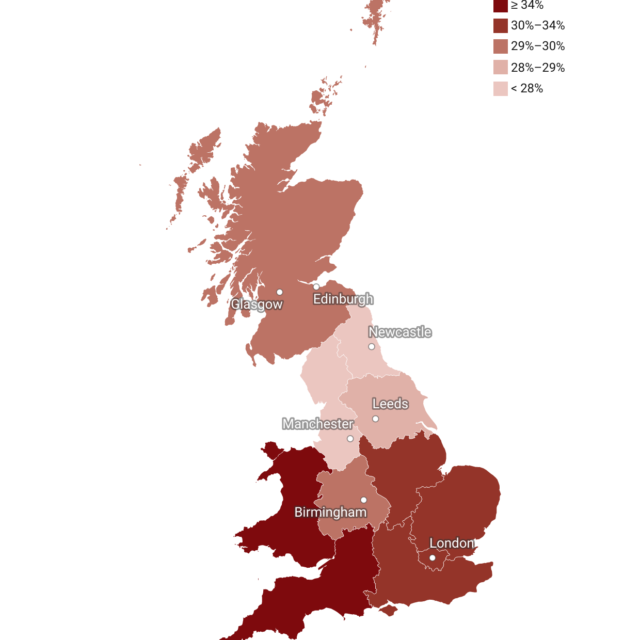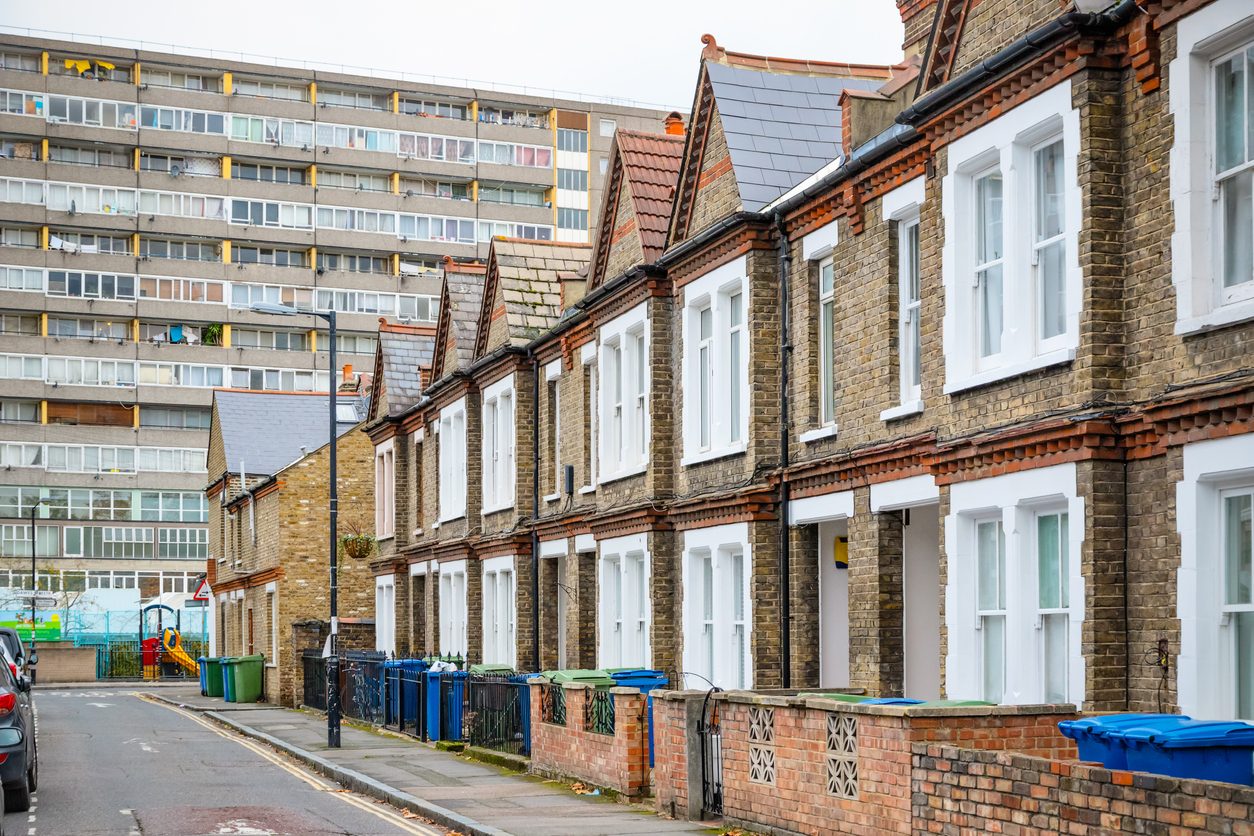How Should the COVID Restrictions in England Be Eased?
 Pub. Date
Pub. Date
 Pub. Type
Pub. Type

Abstract
Vaccination against the COVID-19 virus began in December 2020 in the UK and by the end of March 2021 were running at 5% population/week. High Levels of social restrictions were implemented for the third time in January 2021 to control the second wave and the resulting in increases in hospitalisations and deaths. Easing those restrictions must balance multiple priorities, weighing the risk of more deaths and hospitalisations against damage done to mental health, incomes and standards of living, education and provision of non-Covid-19 healthcare.
This study uses weekly and monthly reported data from 2020 and 2021 to estimate the impact of seasonality and social restrictions on the spread of the virus, on the economy and overall healthcare services. We use an SIR model to estimate how the virus spreads. This takes account of the impact of the vaccination program and suitably calibrated it tracks the historic growth trends in reported deaths closely. The model is used to evaluate the consequences of different speeds of easing social restrictions.
The results show vaccinations are significantly reducing the number of hospitalisations and deaths. The central estimate is that relative to rapid easing (essentially just leaving in place from now on guidance on sensible behaviour – wash hands, wear masks, avoid crowded indoor spaces) the avoided loss of life-years from a strategy of relatively slow easing over the next 4 months comes at a cost in terms of GDP reduction of around £0.4 million/life-year loss avoided. This is over 10 times higher than the usual limit the NHS uses for spending against Quality Adjusted Life Years (QALYs) saved.
Alternative assumptions for key factors affecting the spread of the virus give significantly different trade-offs between costs and benefits of different speeds of easing. But in most cases the results favour a somewhat faster easing of restrictions in England than current policy implies, at least if one uses valuation metrics commonly used for other government decisions.



















